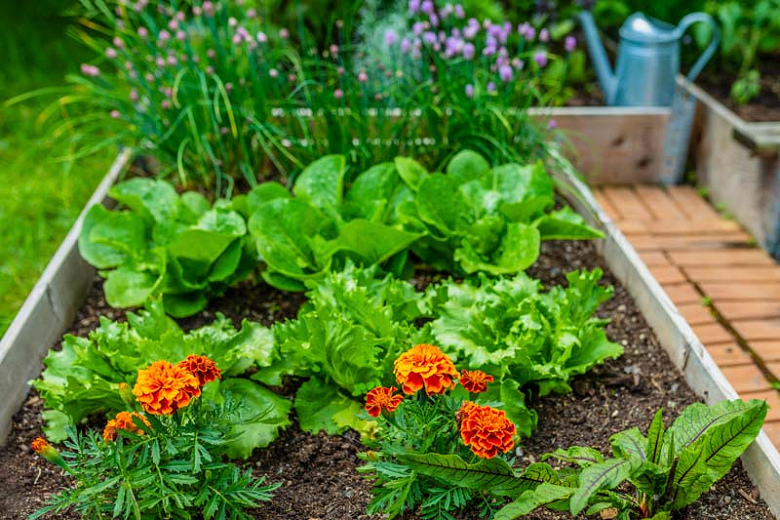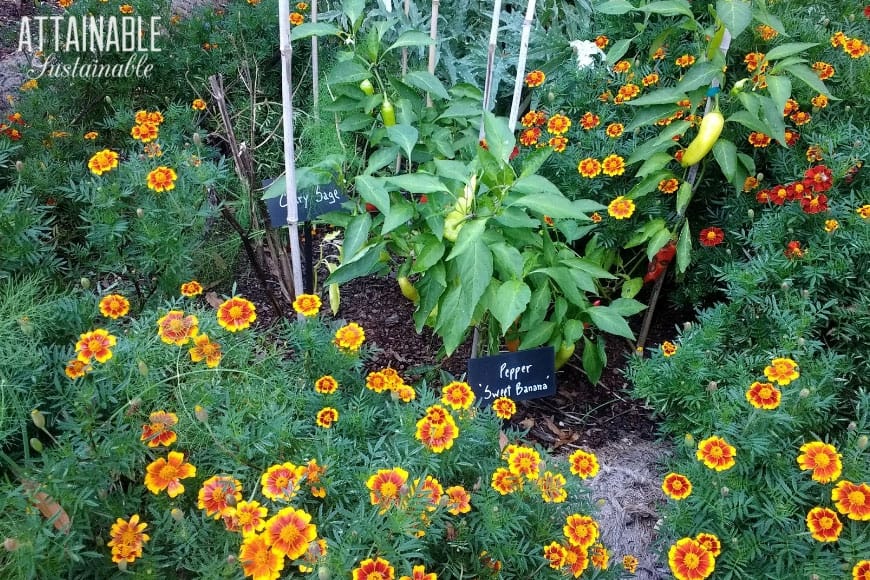Fall Garden Companion Planting: The Ultimate Guide To Growing A Healthy And Productive Harvest
Fall Garden Companion Planting: The Ultimate Guide to Growing a Healthy and Productive Harvest
Fall is a great time to start planning your garden for the upcoming season. One of the best ways to ensure a healthy and productive harvest is to practice companion planting. Companion planting is the practice of planting certain types of plants together for mutual benefit. There are many different benefits to companion planting, including:
- Attracting beneficial insects and pollinators: Many companion plants attract beneficial insects and pollinators, which can help to control pests and improve pollination. For example, planting marigolds near tomatoes can help to attract ladybugs, which eat aphids.
- Distracting pests: Some companion plants can help to distract pests from your main crops. For example, planting nasturtiums near cabbage can help to attract cabbage moths, which will then leave your cabbage alone.
- Decreasing the risk of disease: Some companion plants can help to decrease the risk of disease in your garden. For example, planting garlic near roses can help to prevent black spot disease.
- Improving soil health: Some companion plants can help to improve soil health by fixing nitrogen, aerating the soil, or attracting earthworms. For example, planting beans and peas can help to fix nitrogen in the soil.
There are many different companion planting combinations that you can try. Here are a few of the most popular:
- Beans and peas: Beans and peas are nitrogen-fixing plants, which means that they can add nitrogen to the soil. This makes them a great companion plant for many other vegetables, such as tomatoes, peppers, and potatoes.
- Carrots and onions: Carrots and onions have different root systems, so they do not compete for water or nutrients. They also help to repel each other's pests.
- Cucumbers and melons: Cucumbers and melons need full sun and plenty of water. Lettuce and spinach are also heat-tolerant plants that can tolerate partial shade. Planting these plants together can help to create a more balanced garden.
- Herbs and vegetables: Many herbs can be used as companion plants for vegetables. For example, basil can help to repel pests from tomatoes, and mint can help to improve the flavor of carrots.
When choosing companion plants, it is important to consider the size, growth habit, and water requirements of the plants. You should also consider the pests and diseases that are common in your area. By doing a little research, you can find the perfect companion plants for your garden and enjoy a bountiful harvest this fall.
As the days get shorter and the weather cools down, it's time to start thinking about fall garden companion planting. Companion planting is a gardening technique that involves planting certain types of plants together to benefit each other. For example, some plants attract beneficial insects, while others help to repel pests. By planting the right combination of plants together, you can create a thriving garden that is both productive and pest-resistant.
If you're interested in learning more about fall garden companion planting, I recommend visiting Gardenia Inspiration. This website has a wealth of information on the subject, including detailed charts of which plants are good companions for each other. You can also find tips on how to plant and care for your fall garden.
FAQ of fall garden companion planting
Q: What are the benefits of companion planting in fall?
A: Companion planting is the practice of planting certain types of plants together in order to benefit each other. There are many benefits to companion planting in fall, including:
- Increased yields: Companion plants can help to attract beneficial insects, deter pests, and improve soil health, all of which can lead to increased yields.
- Improved flavor: Some companion plants can actually improve the flavor of other plants. For example, planting carrots near onions can help to reduce the bitterness of the carrots.
- Reduced pest pressure: Companion plants can help to deter pests by providing a distraction or by releasing chemicals that repel pests. For example, planting marigolds near tomatoes can help to deter tomato hornworms.
- Improved soil health: Companion plants can help to improve soil health by fixing nitrogen, breaking down organic matter, and suppressing weeds.
Q: What are some good companion plants for fall?
A: There are many different companion plants that can be used in fall gardens. Some of the most popular include:
- Carrots and onions: As mentioned above, planting carrots near onions can help to reduce the bitterness of the carrots. Onions also release chemicals that repel carrot flies, which can be a major pest of carrots.
- Beans and corn: Beans and corn are a classic companion plant combination. Beans fix nitrogen in the soil, which benefits the corn. Corn provides shade for the beans, which helps to prevent them from getting too hot.
- Marigolds and tomatoes: Marigolds release chemicals that repel tomato hornworms, which can be a major pest of tomatoes. Marigolds also attract beneficial insects, such as ladybugs, which can help to control other pests.
- Spinach and lettuce: Spinach and lettuce are both cool-season crops that can be planted together in fall. They both benefit from cooler temperatures and full sun.
- Cabbage and broccoli: Cabbage and broccoli are both members of the Brassica family, and they benefit from being planted together. They both attract beneficial insects, such as hoverflies, which can help to control pests.
Q: How do I choose companion plants for my fall garden?
A: When choosing companion plants for your fall garden, there are a few things to keep in mind:
- The needs of the plants: Make sure to choose plants that have similar needs in terms of sun exposure, water, and soil type.
- The pests and diseases that are common in your area: Choose plants that will help to repel or control pests and diseases that are common in your area.
- The aesthetic appeal of the plants: If you want your fall garden to be both functional and attractive, choose plants that you enjoy looking at.
Q: Where can I find more information about companion planting in fall?
A: There are many resources available to help you learn more about companion planting in fall. Some of the best resources include:
- The companion planting chart from the University of California, Davis: This chart provides information on which plants are compatible with each other.
- The book "The Vegetable Gardener's Companion" by Louise Riotte: This book provides a comprehensive overview of companion planting.
- The website of the American Horticultural Society: This website has a section on companion planting that includes articles, videos, and plant lists.
Image of fall garden companion planting
- Image 1: A garden bed with corn, beans, and squash. The corn provides support for the beans, while the beans fix nitrogen in the soil, which benefits the corn and squash.
- Image 2: A bed of carrots, lettuce, and nasturtiums. The nasturtiums attract pests away from the carrots and lettuce, and the lettuce provides shade for the carrots during hot weather.

- Image 3: A bed of tomatoes, basil, and oregano. The basil attracts pollinators to the tomatoes, while the oregano helps to deter pests.
- Image 4: A bed of potatoes, chives, and marigolds. The chives help to repel pests from the potatoes, while the marigolds attract beneficial insects.

- Image 5: A bed of kale, collards, and radishes. The radishes mature quickly and can be harvested before they shade out the kale and collards.
Post a Comment for "Fall Garden Companion Planting: The Ultimate Guide To Growing A Healthy And Productive Harvest"